Similans Liveaboards
Similan National Park
The Similan Islands National Park is world famous for white sandy beaches, clear blue waters, beautiful sunsets and amazing huge boulder formations. Here you will find some of the most amazing natural scenery Thailand had to offer.
They are easily the best dive sites Thailand has to offer and very rank high in must visit list of Dive Sites in the world.
MV Scuba Cat Live aboard cruises around these Islands for 6 months of the year allowing divers of any level and snorkelers to take in this amazing beauty in one of the most relaxed atmospheres of all liveaboards in the Similans. She has a unique liveaboard schedule allowing a stay from 2 days 1 night, with a maximum of 20 customers staying on board. We are proud to have so many customers who come back to us year after year – I am sure you will agree after a trip on board.
Rob Fraser-Thomson is one of our many repeat customers’ with Scuba Cat Diving.
“I started diving in Thailand in 1999 whilst doing my IDC with a company based in Kata. It wasn’t for another 2 years that I returned to Phuket after working in Italy. I had heard good things about a company called “Scuba Cat Diving”, during the IDC from other students and other divers, so decided to book my trip with them.
The MV Scuba Cat is based in Simians during the high season, a spectacular group of islands north west of Phuket. Unlike other liveaboards, the boat is permanently based in the islands, customers are carried to the liveaboard via minibus and speedboat, the Similans are a long way from the mainland so this saves much time. You can be diving within 30 minutes of arriving on the boat, after the boat and dive briefing off course.
I have heard people mention that the transfer takes a long time but most the other dive companies take longer to sail from the mainland, the Similans are far out to sea and a world-class dive site.
During the low season the MV SCUBA CAT is based at Racha Yai, a group off islands south of Phuket, it is usually quieter at this time of the year but the diving is just as good. If you have a good eye, this area is rich in the smaller species you don’t spot in the Similans.
Captain Min and his crew are always a bonus being very helpful to new divers on the boat and the old ones! The dive guides are very competent and professional, the only problem I have ever had was with triggerfish.
I still try to do 2 trips a year on the MV Scuba Cat, both to the Similans and Racha Yai. Although I have been on MV Scuba Fun day trips and MV Scuba Adventure, I prefer the MV Scuba Cat with its large dive deck and open plan design.
10 trips and 500 dives later, having seen many other companies and their boats, Scuba Cat is the only company who I would book with and I have no intention of changing.”
5 days and counting……………………See you again next week


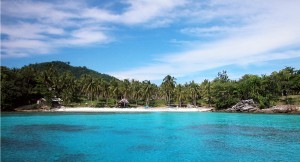
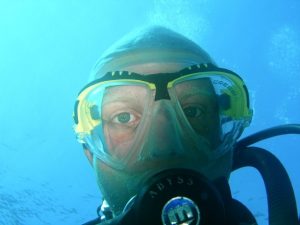

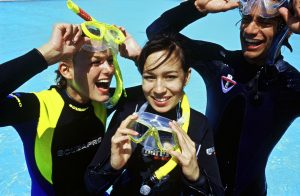




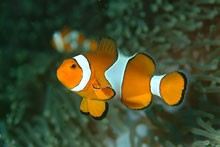
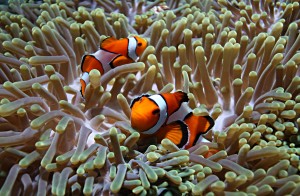




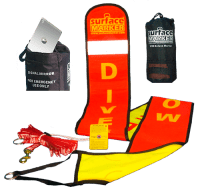

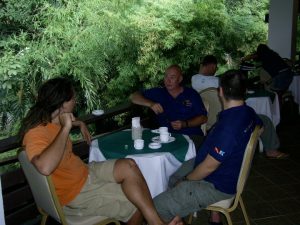
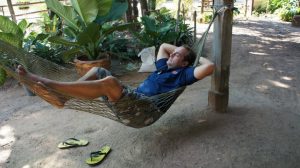



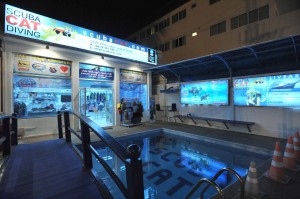





Scubacat Community